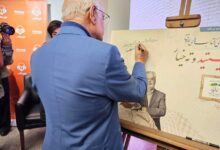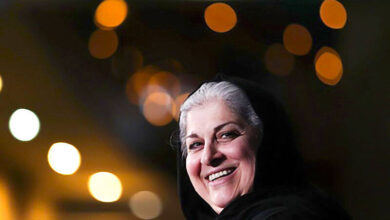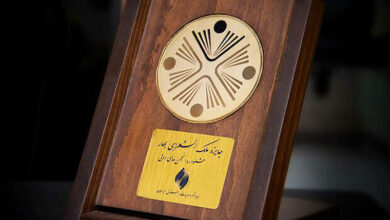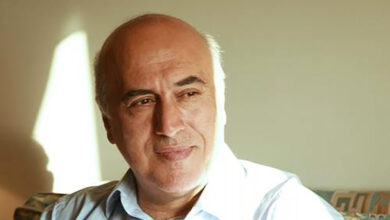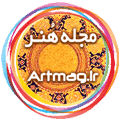Shahnameh Reading, a bulwark against cultural threats
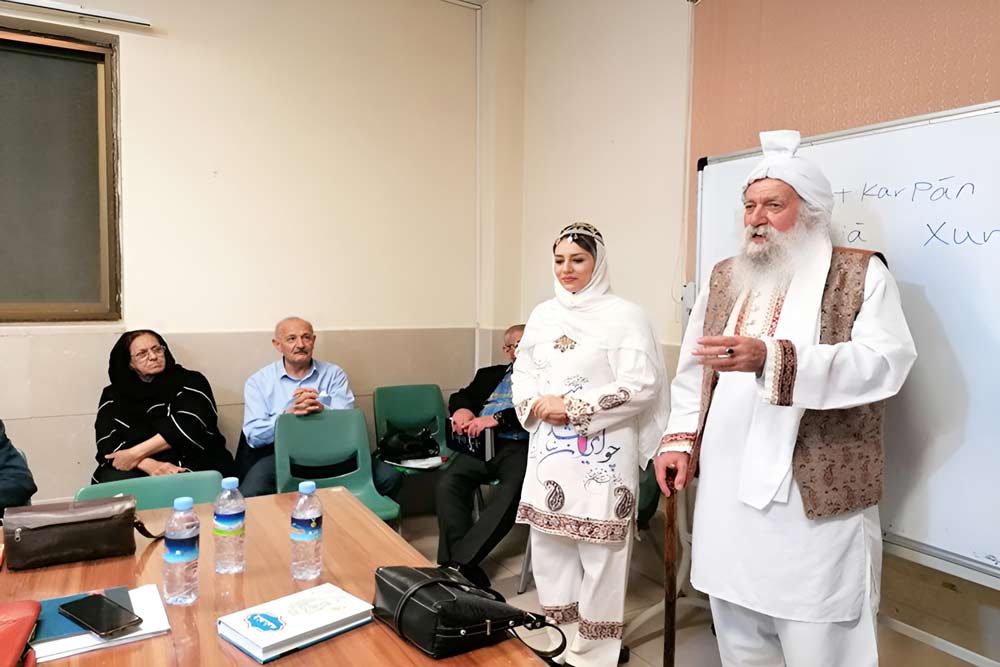
Shahnameh Reading, in heart of Isfahan’s historical region, stands as a bridge between past and new generation; every week, a group of lovers of Persian language and literature gather to carefully examine vocabulary and stories of Shahnameh, not only to keep this endless treasure alive, but also to protect it from cultural threats.
According to Artmag.ir Quoted from IRNA, sun shines on horizon with its purple rays, covering nature in golden and copper clothes on these cold days. In heart of this beautiful rainbow of sunsets, Shahnameh Reading gathering in heart of Isfahan’s Sobhan Cultural Center opens its arms to lovers of Persian language and literature, like a calm and encouraging preoccupation.
Here, literary circles are held with unparalleled enthusiasm, and every word and story from Shahnameh and Persian literature comes to life with love. On a cold day, a warm Shahnameh Reading circle is a sight to behold. A group of 45 thinkers and lovers of Persian language, in addition to keeping Shahnameh vocabulary alive by carefully examining concepts and etymology of the words, have turned this gathering into a circle for protecting Iranian language and identity.
Shahnameh; Pillar of Iranian Identity
Isfahani poet and one of members of this literary gathering stated on sidelines of this Shahnameh Reading session: In this storm that threatens Iran’s cultural identity, Shahnameh is like a solid fulcrum. We have gathered here to rediscover our roots, and this gathering is a place where we discover new aspects of identity and the Persian language through terminology of Ferdowsi’s stories.
Reza Bahrani, considered purpose of holding these meetings to be a deep understanding of language and stories of Shahnameh and said: “In these meetings, we proceed slowly and with a focus on etymology of the words of Shahnameh, we avoid rushing to finish book, and so far, after 6 years, we have reached story of “Iran and Turan.”
He announced that one of unique features of this gathering was cientific and in-depth look of a Persian language professor at vocabulary of Shahnameh, saying: “By utilizing the knowledge of historical linguistics and phonetics, as well as word etymology, he extracts meaning of words from heart of Avestan and Middle Persian languages.”
Bahrani added: “We are in a period when influx of foreign words threatens Persian language. Today, many words have entered language. In meantime, Shahnameh Readings and literary meetings are tools for cultural resistance.”
This Isfahani poet emphasized: Shahnameh Reading should start from childhood and it is essential that families familiarize children with Shahnameh stories such as Rostam and Sohrab or Siavosh. In addition to being attractive, these stories have deep moral and cultural values, and one of ways to protect Persian language is to attend these literary and Shahnameh Reading meetings. We must familiarize our children with Shahnameh and familiarize them with this ancient Iranian story, especially children’s stories of Shahnameh.
Regarding importance of Shahnameh Reading, he said: Persian is an ancient language full of ancient words, each of which carries a part of our identity. In Persian, we have about 300 infinitives that we no longer use and these words have been abandoned, so our connection with past must be deepened.

Emphasizing need for cultural officials to pay attention to strengthening literary associations and organizations, Bahrani said: One of strongest literary organizations in country is the Shahnameh Reading Association of Yasuj.
He noted: In this association, which has more than 150 members, Shahnameh is read in Lori language, and this group is considered one of the most prestigious Shahnameh Reading associations in IRAN.
Etymology of Persian words in Shahnameh Reading circles in Isfahan
Persian literature professor, researcher and linguist from Isfahan also emphasized impact of Shahnameh on preserving Persian language and stated: Persian is one of the few languages in the world whose texts from a thousand years ago are still readable and understandable.
Yadollah Mirzaei considered etymology of Persian words a good feature of Shahnameh Reading circle in Isfahan’s Sobhan Cultural Center to be: In this meeting, each word is examined with its etymology in ancient language, Avesta and Middle Persian.
He added: Persian is a language that has a lot of vocabulary and Dehkhoda was only able to collect 2 million words from it, which is not complete. If we add dialects, accents and words found in villages and cities of other countries such as Afghanistan and Tajikistan to vocabulary in addition to vocabulary in Shahnameh, we will have millions of words that will increase richness of Persian language.
Mirzaei, considered one of challenges of Shahnameh Reading circles in Isfahan to be the lack of cultural support, and said: Due to the lack of a suitable place, some of these meetings are inevitably held monthly or in homes of members.
This university professor called on municipalities and cultural centers to take these circles seriously and support them.
This prominent Isfahan linguist also advised families to teach their children stories from Shahnameh, such as Rostam, Sohrab, and Siavosh, and to read them in simple language so that their children become interested in Persian language and literature.
Mirzaei, pointing out that in the past, Shahnameh stories were children’s lullabies, emphasized: Memorizing poetry is good for strengthening children’s memory because it develops talents, and key to developing children’s talents is reading and memorizing Shahnameh.

Education’s Neglect of the Treasure of Shahnameh
An Isfahani writer also considered neglect of education in history of literature, especially Shahnameh, as one of cultural and literary challenges, saying: Iranian Broadcasting Corporation and education rarely pay attention to Shahnameh and ancient literature, while Shahnameh is a treasure trove of pure stories and wisdom that can be used in the form of films, series, and educational programs.
Mahmoud Ghaffari, emphasizing that Shahnameh Reading is a precious legacy for future generations, added: Shahnameh Reading circles are a movement to preserve and expand Persian language and a lamp that illuminates path to preserving Iranian identity and authenticity with its light.
Referring to importance of Shahnameh in countries like Tajikistan, he said: “During my trip to Tajikistan, I met 6-year-old children who had memorized most of the stories from Shahnameh. In this country, Shahnameh is kept and studied as a valuable book on shelves of homes. Persian words are used very well in this country, words that have been forgotten from our Persian language but are used there.”
Author continued: In this day and age when mobile phones and the virtual world have overshadowed our lives, perhaps listening to stories of Shahnameh again can be a bridge to the past that keeps our roots strong.
He considered naqqali, qawwali, calligraphy, illumination, and painting to be good and authentic Iranian arts, and said: Some of lasting works on subject of the stories of Shahnameh have been produced and introduced to the world in these artistic fields, showing that this book is not just about composing poetry, and that our elders invested in this book, and what other arts have emerged in this work?
Shahnameh Reading session ended as the evening, with its purple robe, turned into blackness of night, but story of Kamus Keshani still continues. In these fast-paced and changing times, this gathering is an echo of enduring effort for glory and splendor of Persian language. According to the scholars present at session, Shahnameh Reading is one of the best ways to strengthen Iranian roots and identity.



